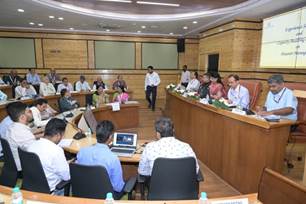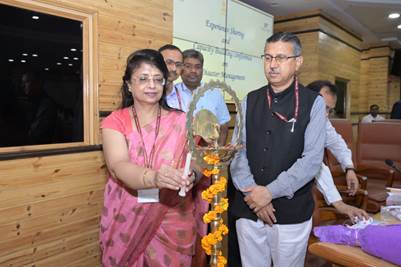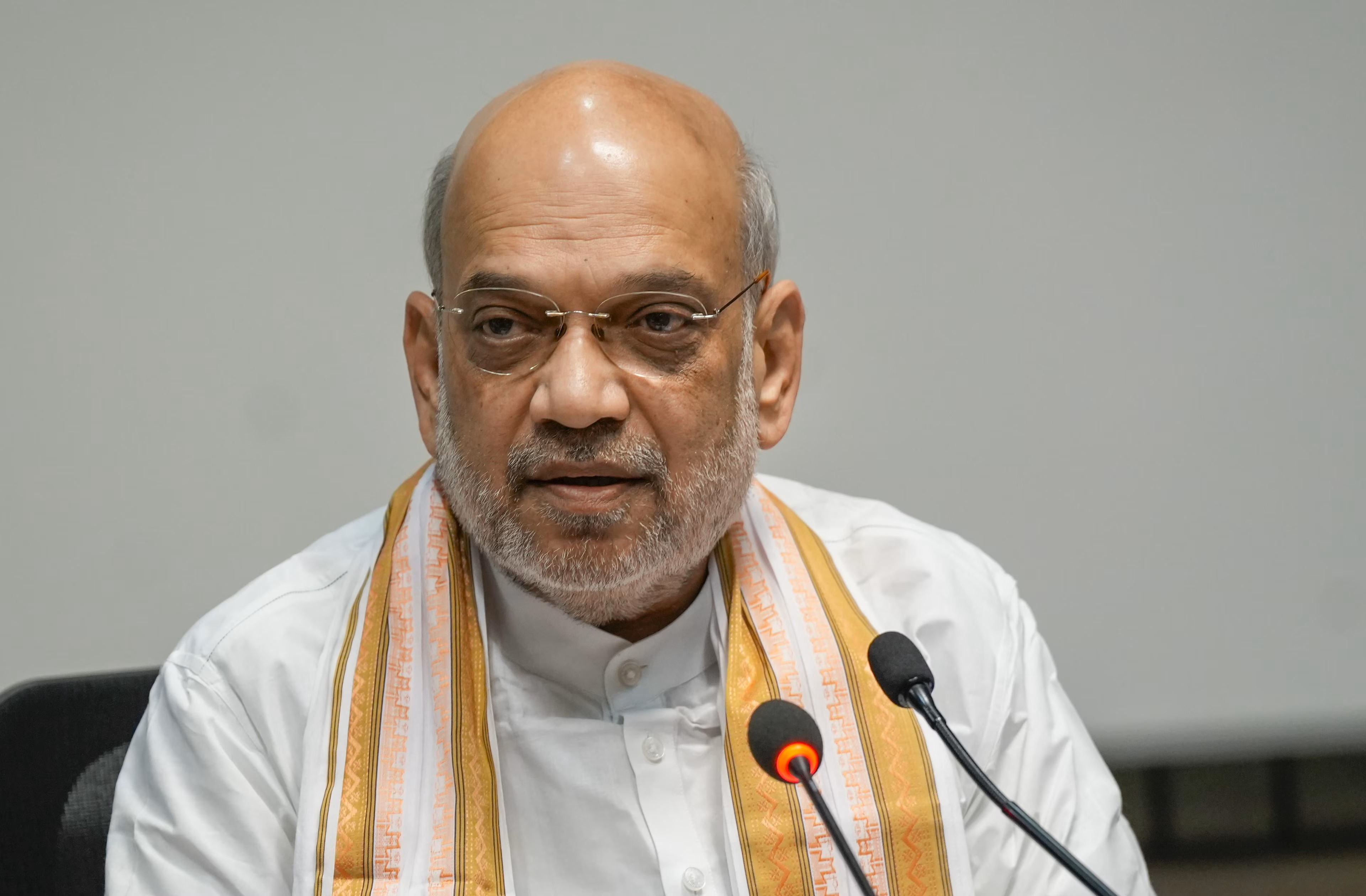The Department of Telecommunications (DoT), in partnership with the National Telecommunications Institute for Policy Research, Innovation, and Training (NTIPRIT) and LSA Delhi, hosted a high-level conference titled “Experience Sharing and Capacity Building in Disaster Management” on August 28, 2024. The event focused on strengthening the resilience of telecom infrastructure, improving stakeholder coordination, and refining disaster management policies within the telecom sector.
 The conference highlighted the critical role of telecommunications in disaster management, emphasizing its importance across all phases—from preparedness to recovery. Effective communication networks are essential for managing disasters, coordinating relief efforts, and maintaining order.
The conference highlighted the critical role of telecommunications in disaster management, emphasizing its importance across all phases—from preparedness to recovery. Effective communication networks are essential for managing disasters, coordinating relief efforts, and maintaining order.
The conference was inaugurated by Member (Technology) Ms. Madhu Arora of DoT and Shri Rajendra Ratnoo, Executive Director of the National Institute of Disaster Management (NIDM). The event featured key discussions and sessions aimed at enhancing India’s disaster preparedness and resilience, with participation from DoT field units, telecom service providers, NDMA, and NIDM.
Keynote addresses underscored the urgency of leveraging ICT for disaster response, with Member (T) noting that the Combined Alert Protocol (CAP) system sends nearly one billion messages monthly to alert the public about impending disasters. This early warning system has been crucial in reducing disaster-related casualties. The conference also discussed the Public Protection and Disaster Relief Network (PPDR), a collaboration between DoT, MHA, and NDMA, aimed at providing dedicated communication channels for emergency services. Additionally, advancements such as Cell Broadcast Projects, tethered balloons, and drones for temporary communication networks were highlighted.
Interactive panel discussions and workshops covered various aspects of disaster management, including best practices for preparedness and the integration of ICT. A significant feature was a Table Top Exercise (TTEx) conducted with NDMA, simulating disaster scenarios to test coordination and response strategies among stakeholders.
The conference concluded with actionable recommendations to enhance telecom infrastructure in vulnerable regions, foster greater collaboration between government agencies and telecom service providers, and develop specialized training programs for telecom personnel. The DoT reaffirmed its commitment to building a resilient telecommunications network capable of withstanding disaster-related challenges, with insights from the conference expected to shape future policies and initiatives.




